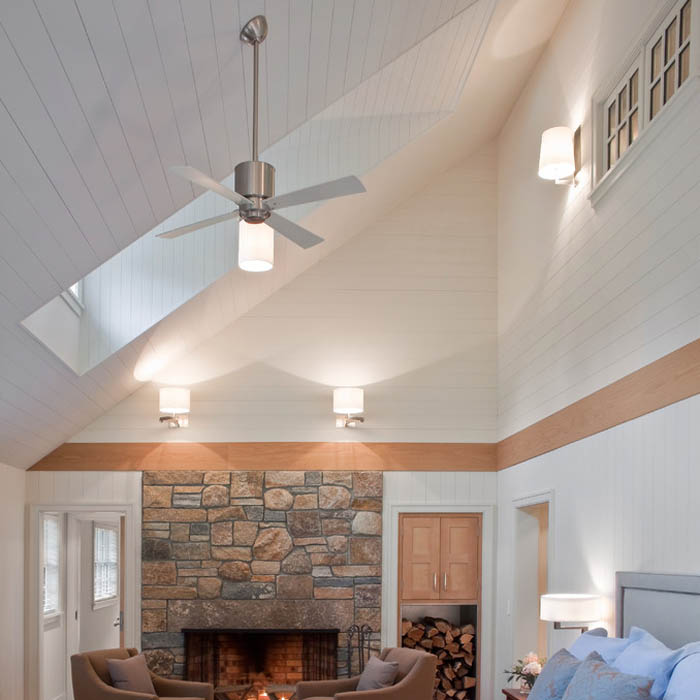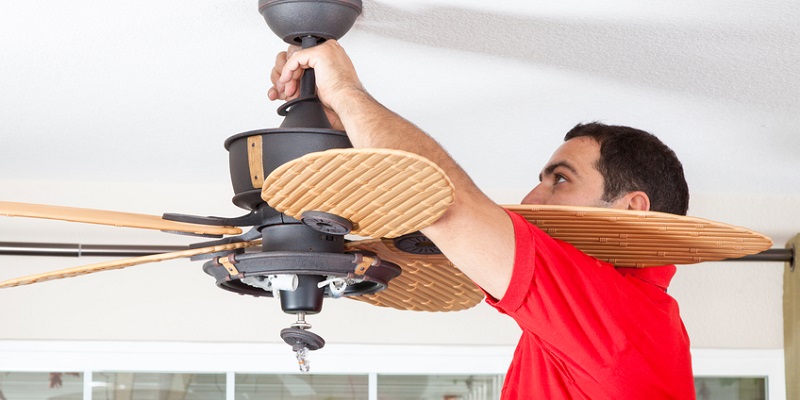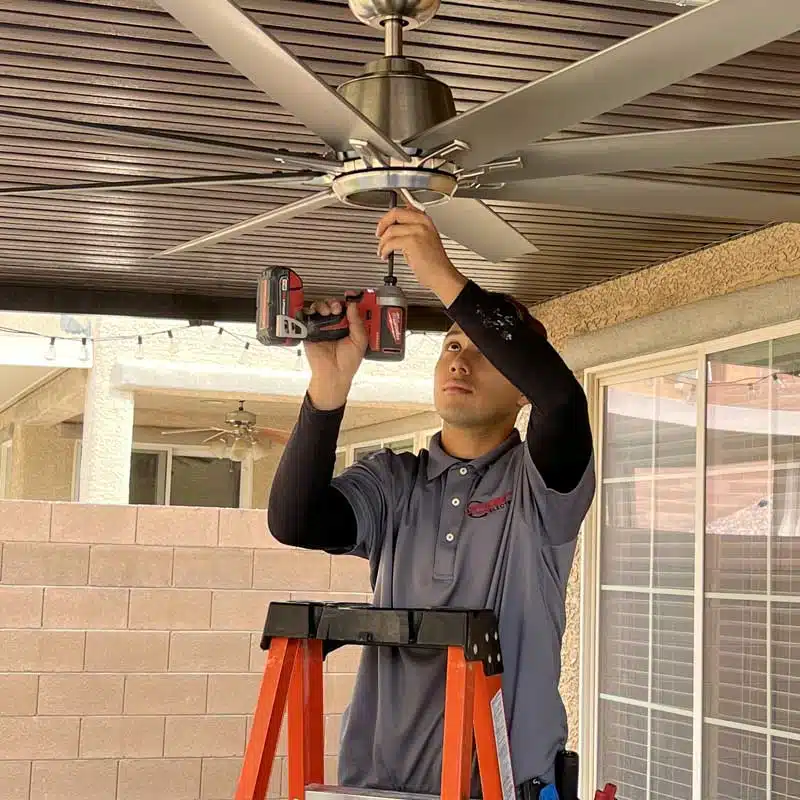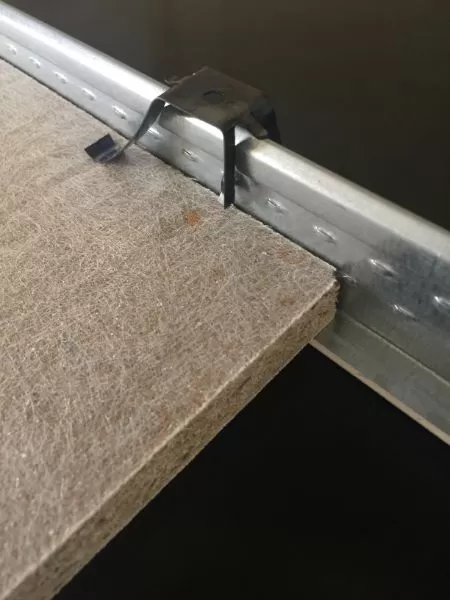When it comes to creating stylish and functional ceilings, Armstrong Prelude Ceiling Grid systems stand out as a versatile solution. Whether you’re renovating an office space, commercial building, or residential property, Armstrong Prelude Ceiling Grid offers a wide range of benefits and customization options. In this comprehensive guide, we’ll delve into the features, installation process, and applications of Armstrong Prelude Ceilings Grid, providing you with valuable insights to enhance your next ceiling project.
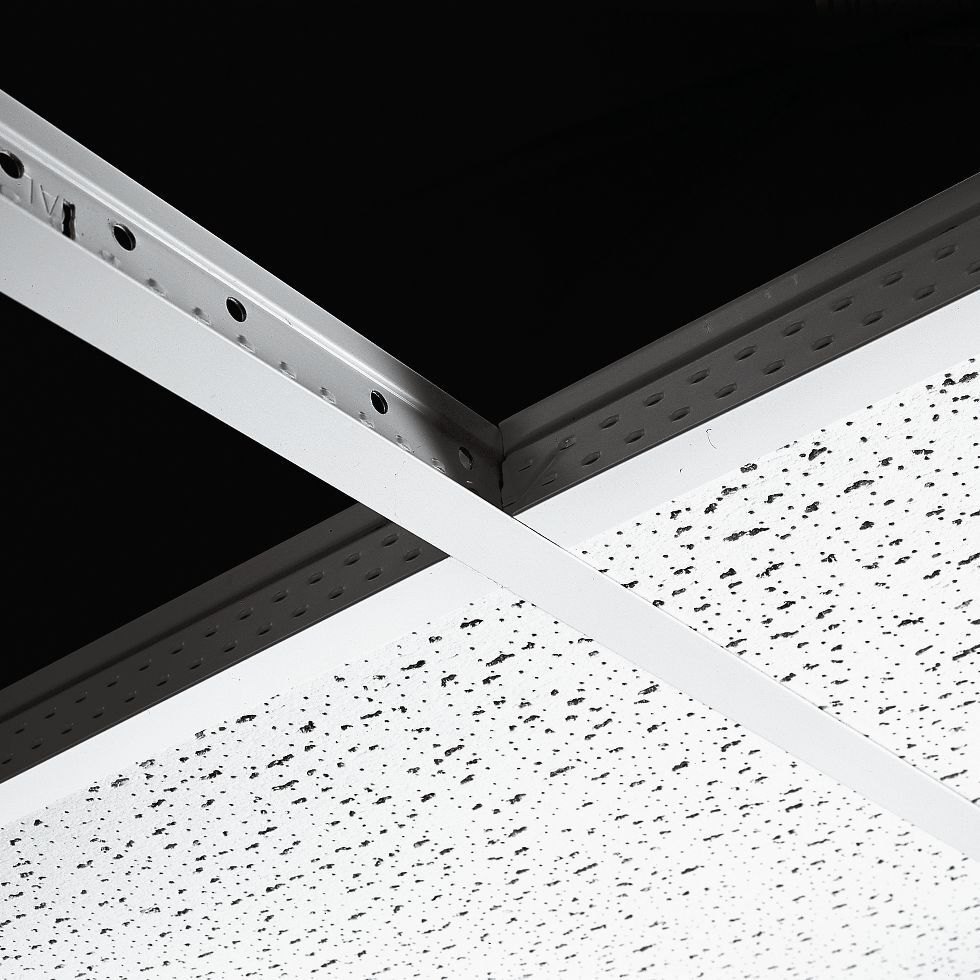
Introducing Armstrong Prelude Ceiling Grid
Armstrong Prelude Ceiling Grid is a popular choice among architects, contractors, and homeowners due to its durability, flexibility, and ease of installation. Designed to support various ceiling panel types, including acoustical panels, wood planks, and metal tiles, Prelude Ceiling Grid provides a stable foundation for creating visually stunning ceilings in any environment.
Features and Benefits
- Durable Construction: Made from high-quality galvanized steel, Armstrong Prelude Ceiling Grid offers exceptional strength and longevity, ensuring long-lasting performance.
- Versatile Design: With a wide range of profiles, colors, and finishes available, Prelude Ceiling Grid allows for endless design possibilities, from traditional to contemporary styles.
- Easy Installation: The innovative clip-and-hook system of Armstrong Prelude Ceiling Grid simplifies the installation process, reducing labor time and costs.
- Seismic Performance: Armstrong Prelude Ceiling Grid systems are engineered to withstand seismic movements, making them suitable for use in earthquake-prone regions.
- Integrated Solutions: Prelude Ceiling Grid is compatible with Armstrong’s extensive range of ceiling panels and accessories, providing a complete ceiling solution for any project.
Applications
Armstrong Prelude Ceiling Grid systems are suitable for various applications, including:
- Commercial Spaces: Offices, retail stores, restaurants, and healthcare facilities benefit from the aesthetic appeal and functionality of Armstrong Prelude Ceiling Grid.
- Educational Institutions: Schools, colleges, and universities can create conducive learning environments with the acoustic performance of Prelude Ceiling Grid.
- Residential Properties: Homeowners appreciate the versatility and customizable options of Armstrong Prelude Ceiling Grid for enhancing living spaces.
Installation Process
Installing Armstrong Prelude Ceiling Grid is a straightforward process that can be completed in a few simple steps:
- Planning and Measurement: Determine the layout of the ceiling grid and measure the space accurately.
- Assembly: Connect the main runners and cross tees to form the grid framework, ensuring proper alignment and spacing.
- Panel Installation: Install ceiling panels within the grid framework, securing them in place according to manufacturer guidelines.
- Finishing Touches: Add trim components, lighting fixtures, and other accessories to complete the ceiling design.
Conclusion
Armstrong Prelude Ceilings Grid offers a versatile, durable, and visually appealing solution for a wide range of ceiling applications. Whether you’re renovating a commercial space or upgrading your home, Prelude Ceiling Grid provides the flexibility and performance you need to achieve stunning results.
